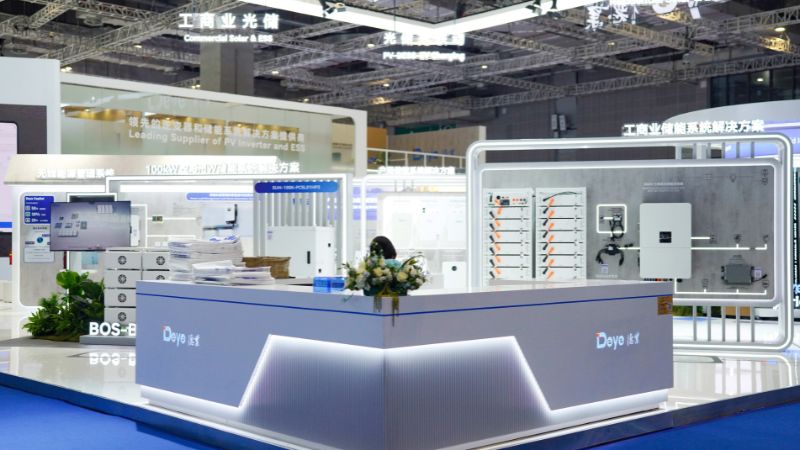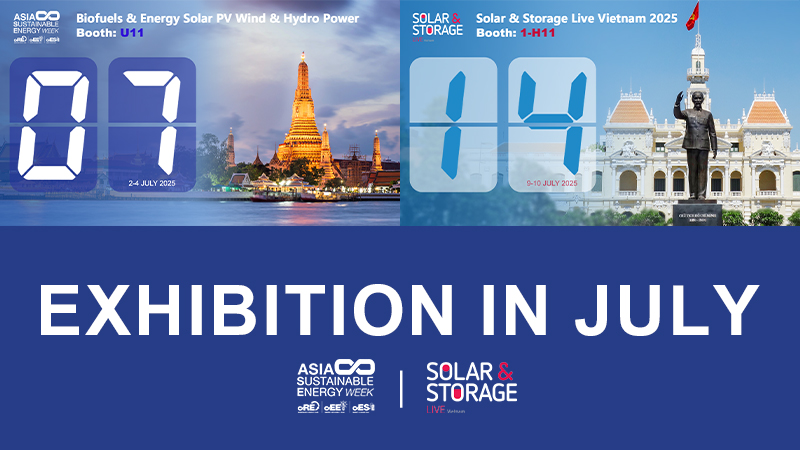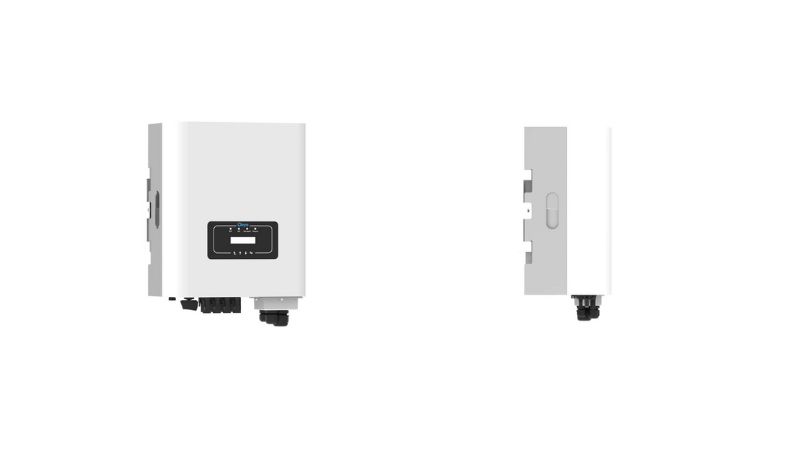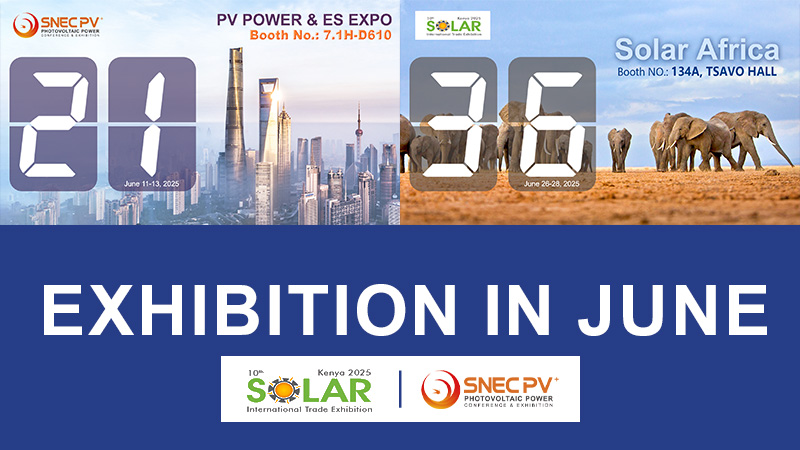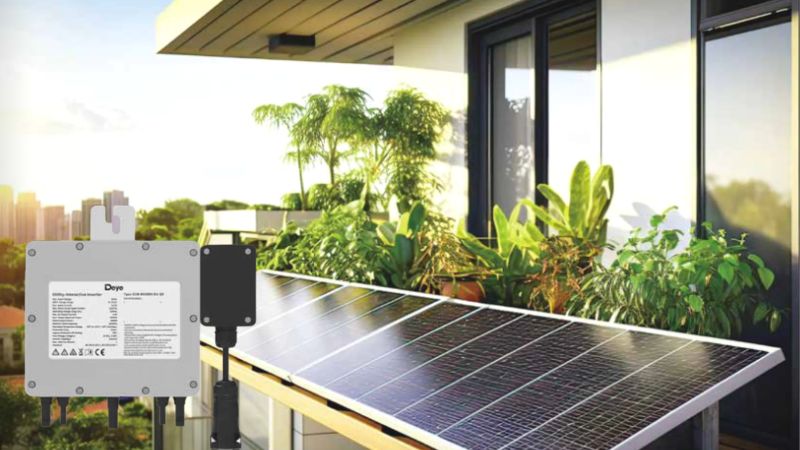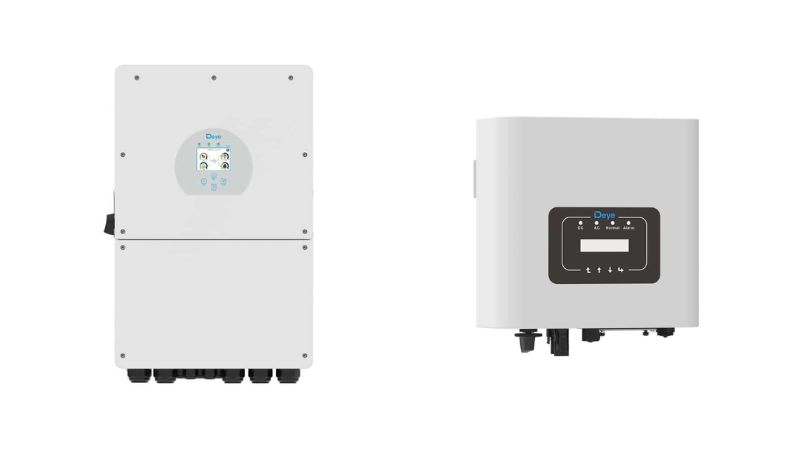Understanding Solar Power
Solar power harnesses the sun’s energy to provide a clean, renewable source of electricity. It’s a key player in the renewable energy landscape, and understanding its fundamentals is crucial if you’re considering solar panels for purposes like running an ac.
Basics of Solar Energy
Solar energy originates from the sun’s rays. It’s a form of renewable energy that is both abundant and sustainable. Here’s a brief breakdown:
- Solar Power: This is the electricity generated by converting sunlight.
- Photovoltaic System: Often referred to as PV systems, these are the technical setups that include solar panels and additional components that convert solar energy into electricity.
The conversion is thanks to the photo-voltaic effect, a characteristic of certain materials, which can be stimulated to release electrons upon exposure to light.
Solar Panels and Components
Understanding the components of a solar panel system helps you grasp how solar power is generated:
- Solar Panels: These are the most visible parts of a solar power system. Typically mounted on rooftops or in large outdoor spaces, panels contain photovoltaic cells that convert sunlight into electricity.
- Inverter: The electricity produced by solar panels is in DC form, which isn’t what most homes use. An inverter converts this DC electricity into alternating current (AC) electricity, which is suitable for use in your home to power appliances, including your air conditioner.
- Battery Storage (optional): Not all systems have them, but batteries can store the electricity generated for use at times when the sun isn’t shining.

Solar Air Conditioning Systems
Using solar power for your air conditioning needs can substantially reduce traditional electricity usage, offering a greener and potentially cost-saving alternative. Here’s what you need to know to harness the sun’s energy to cool your home.
Types of Solar Air Conditioners
Solar air conditioners come in a few different types, each with its own advantages.
- DC solar air conditioners are designed to work directly with the DC power produced by solar panels, often resulting in higher efficiency and less energy loss.
- AC solar air conditioners, on the other hand, use AC power and require an inverter to convert the solar-generated DC power.
- Hybrid models can operate on solar and grid power, switching between the two as necessary to ensure consistent operation.
Sizing and Capacity
When sizing a solar AC system, you’ll consider the air conditioner’s capacity, measured in BTU (British Thermal Units) or tonnage. 1 ton is equivalent to 12,000 BTU. To estimate your needs, a rough rule is that you’ll require around 20 BTU for every square foot of living space.
The system’s capacity is also tied to the solar panels’ wattage and the hours of sunlight your location receives. Generally, to run a small window air conditioner, which typically requires around 500 watts, you might need 3-6 standard solar panels, considering that residential panels range from 100 to 415 watts. For the same reason, running a central air conditioner that consumes more energy alos requires more solar panels.
Moreover, the Energy Efficiency Ratio (EER) and Seasonal Energy Efficiency Ratio (SEER) ratings of the air conditioner inform you of the unit’s energy efficiency.
- Energy Efficiency Ratio (EER): EER = cooling capacity ÷ cooling power consumption. Fixed-speed air conditioners are divided into 5 levels, 3.6–level 1, 3.4–level 2, 3.2– level 3, 3.0– level 4, 2.8–level 5. The higher the energy efficiency ratio, the more energy-saving it is.
- Seasonal Energy Efficiency Ratio (SEER): SEER = total cooling capacity ÷ total power consumption.
SEER ratings of 13-15 are considered good, 16-19 are better, and 20-24 is best.
| SEER | Rating |
| 13-15 | Good |
| 16-19 | Better |
| 20-24 | Best |
Higher EER and SEER ratings indicate a more efficient air conditioner, which will require less solar power to run, leading to potential cost savings over time.
Now, SEER2, an upgraded efficiency rating system that replaces SEER, is the standard for new air conditioner and heat pump models beginning January 1, 2023. SEER2 uses the same efficiency calculation as SEER, dividing total cooling or heating output by total energy input over a typical usage season. The key difference lies in the testing protocols. SEER2 testing now accounts for higher external static pressure, better reflecting real-world installations. Consequently, SEER2 ratings average 4.5% lower than SEER ratings for the same system. However, a SEER2-rated system is approximately 4.71% more efficient than a SEER-rated system with an equivalent rating number.
Technical Aspects of AC on Solar Power
When considering AC powered by solar energy, it’s important to understand the technical components involved, such as energy efficiency metrics and the relationship between your air conditioner and your solar installation.
Energy Efficiency Metrics
To optimize your solar-powered AC system for peak performance, you should be attentive to the unit’s power consumption, which is measured in watts, and its cooling output, often described in BTUs (British Thermal Units). The average window-type AC uses roughly 500 watts per hour, with larger units upping consumption to around 1,440 watts per hour.
Key Efficiency Tip: Select an AC with a high Energy Efficiency Ratio (EER) or Seasonal Energy Efficiency Ratio (SEER), as higher ratings reflect lower energy consumption.
Battery Storage and Management
If you opt for including a battery bank in your solar AC system, you’ll need to ensure it has sufficient capacity to handle your AC’s energy consumption. Batteries store the DC electricity collected during the day, so the AC can continue functioning when solar power isn’t available.
Capacity Consideration: The battery should be able to store enough power and deliver the needed electricity to meet your AC’s demands, especially during peak usage.
Inverters and Power Conversion
The inverter powers standard household appliances like your air conditioner.
Types of Inverters:
- String Inverters: For a uniform array of solar panels, 1kW-5kW.
- Microinverters: Installed on each panel to maximize performance, especially in partial shading, 180W-1000W.
- Hybrid Inverters: These refer to a grid-connected inverter and an off-grid inverter integrated into one.
It’s crucial to match the inverter’s capacity with your AC’s power requirements for an efficient and stable operation.

Financial Considerations
When considering a solar-powered air conditioning system, it’s important to evaluate not only the initial costs but also the long-term financial benefits and the potential for incentives that could alleviate some of your initial investment.
Cost Analysis
To understand the financial aspects of solar-powered air conditioning, begin with the installation cost. The upfront cost includes the solar panels, the air conditioning unit, and installation fees. If your air conditioner requires 3,000 watts, you’ll need sufficient solar panels to meet this power need. This could mean a significant initial investment, which will vary based on the efficiency and the number of panels you require.
Investment and Long-Term Value
Solar-powered air conditioning can increase your property’s value and save energy. By harnessing the power of the sun, particularly during peak sunlight hours when you’re most likely to run your AC, you reduce your reliance on the grid and lower your utility bills. It’s important to calculate the payback period, considering both the savings on energy bills and the potential increase in your home’s market value. For example, If the cost is about 1.6 million yuan and the annual saving is 552,800 yuan, the investment payback period will be over 3 years.
Incentives and Tax Credits
To encourage the adoption of renewable energy sources, various tax credits and incentives are available. These can reduce your overall investment cost significantly. For instance, the federal government may offer a tax credit for a percentage of your solar installation expenses, while local incentives can vary by state or municipality. Be sure to research the specific financial incentives available in your area to get the most of your solar-powered air conditioning system.
System Performance Factors
When considering solar-powered air conditioning, your system’s effectiveness will hinge on environmental variables and the reliability of your power sources.
Climate and Location Influence
Climate plays a pivotal role in how well your solar-powered AC system operates. In areas with abundant sunshine, like hot desert climates, solar panels can generate more power to run your air conditioner effectively, enhancing your comfort during hot days. Conversely, cloudy days can significantly reduce the power available from your solar panels, which can be challenging in regions with variable weather. Your location not only affects the amount of solar energy you can harvest but also dictates the cooling demand of your air conditioner.
Dealing with Variability and Backup Solutions
Handling the variability in solar power generation is crucial for maintaining comfort. On cloudy days or during periods of high energy demand, solar energy alone may not be sufficient to power your AC. That is where backup power solutions come in. If you have an off-grid system, batteries are essential to store excess energy when the sun is shining, which you can then use when it’s not. For on-grid systems, your setup can be supplemented with energy from the grid during times when your solar output falls short. In addition to battery storage, hotspot energy systems can also integrate with solar to maximize efficiency and provide cooling without depending solely on traditional power sources.
- Off-Grid Solution: Batteries for energy storage
- On-Grid System: Grid power as a backup
- Hotspot Energy Systems: Integration for maximized efficiency

Operations and Maintenance
Effective operations and maintenance (O&M) are vital for the longevity and efficiency of your solar-powered AC system. Regular maintenance ensures that your system generates electricity optimally throughout its lifespan.
Routine Maintenance
Your solar-powered AC system requires a series of routine maintenance actions to keep it running smoothly. You’ll want to perform these regularly:
- Panel Inspection: Check solar panels for debris, ice, or snow accumulation which can impede functionality. Gently clean panels with a soft cloth or brush to avoid damaging the surface.
- Wiring Checks: Ensure wiring is intact and free from damage. Exposed or frayed wires can lead to inefficiencies or potential hazards.
Use this checklist for your routine maintenance:
| Maintenance Task | Frequency | Notes |
|---|---|---|
| Cleaning Solar Panels | Quarterly | Remove debris, ice, or snow. |
| Wiring Inspection | Biannually | Check for exposure or damage. |
| System Performance Check | Annually | Assess if the system meets expected electricity output. |
Troubleshooting Common Issues
If your solar-powered AC isn’t cooling as expected, here are some troubleshooting steps:
- Generator Performance: If the solar panels are not generating enough electricity, your system may rely on a backup generator. Check the generator’s condition if you notice power issues.
- Cooling Efficiency: Verify if there’s any reduction in cooling efficiency. Low performance might be due to issues with the AC unit itself, rather than the solar setup.
Remember, if you’re ever unsure about performing these tasks on your own, it’s best to contact a professional for assistance with maintenance or troubleshooting.
Selecting the Right Solar AC
When it comes to running your air conditioner on solar power, it’s crucial to select a system that aligns with your home’s specific needs for efficiency and comfort. Let’s break down how to make the best choice.
Assessing Home Insulation and Air Flow
Before considering the capacity of a solar air conditioner unit (AC), assess your home’s insulation and airflow. Proper insulation reduces energy loss, meaning the AC system doesn’t have to work as hard to maintain a comfortable temperature. Airflow is equally fundamental; ensure that your fans and vents are obstruction-free to promote even distribution of cool air.
Checklist for Insulation and Air Flow:
- Inspect insulation: Look for areas lacking proper insulation, especially in the attic and walls.
- Evaluate windows and doors: Check for drafts that could indicate heat exchange with the outside.
- Airflow assessment: Ensure vents are open and unblocked for optimal air distribution.
Choosing the Right Capacity and Model
AC capacity is measured in tons, where one ton equates to the ability to cool 12,000 BTU (British Thermal Units) per hour. Select a model that fits the area you need to cool; an oversized unit might cycle on and off too frequently, wasting energy, and an undersized one will struggle to keep up, also leading to inefficiency.
Capacity Guide:
- Small room (<150 sq.ft.): 1.2 – 2.0 ton AC
- Medium room (150-250 sq.ft.): 2.0 – 3.0 ton AC
- Large room (>350 sq.ft.): 3.5 – 4.0 ton AC
Frequently Asked Questions
How many solar panels are required to power a 1.5 HP air conditioner?
To power a 1.5 HP air conditioner, which typically consumes about 1,120 Watts, you’ll need approximately 4 to 6 solar panels assuming each panel generates around 300 Watts under optimal conditions.
Can my home air conditioning system be powered entirely by solar panels?
Yes, your home air conditioning system can be completely powered by solar panels. However, this requires a well-designed system with enough solar panels and battery backup to handle your air conditioner’s energy consumption, particularly during peak hours or less sunny days.
What is the process to connect an air conditioning unit to solar panels?
To connect an air conditioning unit to solar panels, you must first generate electricity from the panels, store it in a battery system, and then use an inverter to convert the stored DC power into AC power required by most air conditioning units.
What size solar panel is needed to operate a window air conditioner?
A typical window air conditioner might need approximately 500 to 1500 Watts. To operate such a unit, you’ll usually require 2 to 5 solar panels with a standard output of 300 Watts each, considering various factors like direct sunlight hours and panel efficiency.
How much solar capacity is needed to run multiple air conditioners in a 3kW system?
A 3kW solar panel system might run multiple smaller air conditioners or a single larger unit. Determining exact capacity needs calculation based on specific air conditioners’ wattage and operative hours against the system’s energy generation capacity.
What are the specifications for solar panels to efficiently power a 5 ton AC unit?
To efficiently power a 5 ton AC unit, which typically requires around 6 kW, you would need a substantial solar panel setup, potentially 20 panels of 300 Watts each or more, plus additional capacity to account for inefficiencies and energy storage needs.
